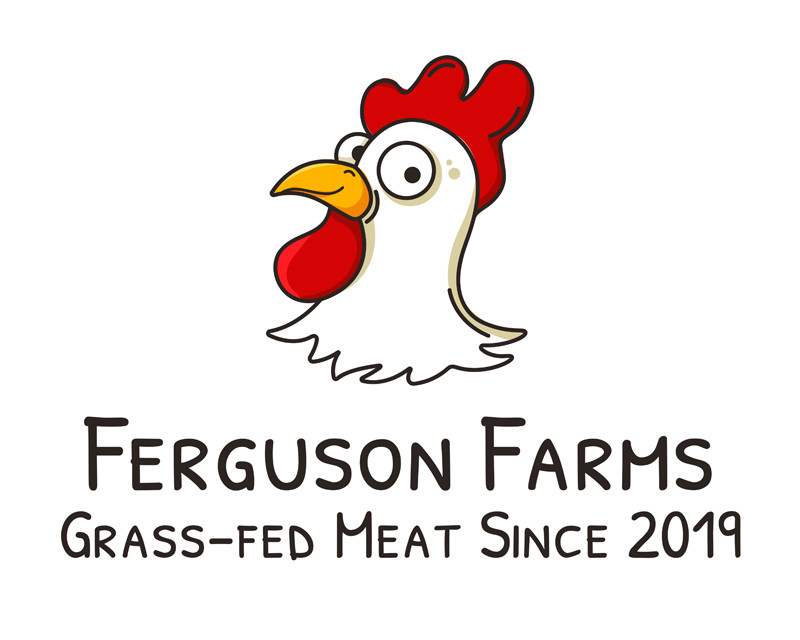10 Reasons to Use Bone Broth
posted on
November 17, 2021
10 Reasons to Use Bone Broth
Many cultures have used bone broth to make healing elixirs, soups, and stews for many centuries. The Jewish community made chicken soup the popular remedy for the common cold without fully understanding the unique health benefits of this dish. Science has revealed the amazing health benefits that come with bone broth.
Bone broth can be made from any animal with bones and the most popular soup bones include those of fish, chicken, turkey, beef, lamb, and venison. The bones house a variety of powerful nutrients that become released when they are slowly simmered in water for a few hours. These nutrients include bone marrow which helps provide the raw materials for healthy blood cells and immune development.
Key Nutrients That Enhance Healing:
Other valuable nutrients include collagen, gelatin, hyaluronic acid, chondroitin sulfate, glycosaminoglycans, proline, glycine, calcium, phosphorus, magnesium, and potassium. These all help with the development of healthy joints, bones, ligaments, and tendons as well as hair and skin.
These nutrients are considered beauty foods because they help the body with proper structural alignment and beautiful skin and hair.
Glycine and proline are essential for connective tissue function which is the biological glue that holds our bodies together. Without them we would literally fall apart. These two amino acids are essential for healing microscopic wounds throughout the body and they also suppress inflammatory activity. This is especially important for individuals with chronic inflammation or auto-immune conditions.
Bone broth provides the nutritional synergy to calm an overactive immune system while supplying the body with raw materials to rebuild stronger and healthier cells. This is why it is such a great healing food to have when the body is encountering stress from bacterial or viral infections as well as digestive disorders and leaky gut syndrome.
Various Nutrients Within Different Bones:
Different bones have unique characteristics to be aware of. Larger bones such as the femur and humerus bones of the legs and arms contain more bone marrow than many of the smaller bones. Individuals with anemia, lung disorders, immune disorders, chronic infections, etc. would more specifically target these disorders using broth with increased marrow.
Smaller bones contain more gelatinous materials than larger bones. The gelatinous material is especially useful for digestive health as it provides key raw materials that help the cells of the digestive system to regenerate. This is a key health tool for individuals who are trying to overcome leaky gut syndrome. Bone broth fasts are one of the best strategies for destroying parasites like Candida and rebuilding the gut.
Finding the Right Stock Bones:
It is especially important to find stock bones from humanely raised healthy animals. This would include 100% grass-fed cows, bison, lamb, and organic poultry bones. Wild game like deer and antelope are fantastic as well.
Conventionally raised animals that are fed a diet of genetically modified grains loaded with pesticides and herbicides and other chemicals and heavy metals should never be used. The body naturally stores many toxins in the fatty portions of the bone and that is what you are consuming in the bone broth.
It is best to know the farm and farmer where you are getting your stock bones. The more grass and green foods the animals eat the richer the nutritional value of the meat and bone contents. Beef can and should be 100% green-fed while poultry should have lots of pasture in their diet although they will also need seeds, worms, insects, etc.
Commercial Bone Broth:
If you don’t have the time or energy to make your own broth, there are many commercial bone broths available. Premade bone broth comes in both liquid and powdered forms. My favorite brand of liquid premade bone broth is Kettle & Fire (here) which I have found to be the very best on the market.
The reason why I love Kettle and Fire is that they only use 100% organic and grass-fed animal bones for their broths. This is especially important as these animals are not exposed to pesticides and herbicides and do not bioaccumulate a high toxin load.
Additionally, Kettle and Fire use a slow simmering process to help extract the maximal amount of minerals and collagen from the bones. My family loves the flavor of their bone broth and we use it on a regular basis. In fact, Kettle and Fire was the first “food” we introduced to our little daughter Joyful when my wife was unable to produce enough breast milk to meet her needs.




